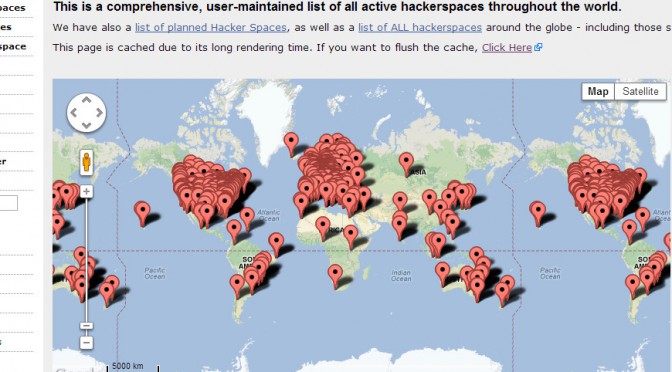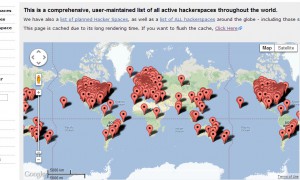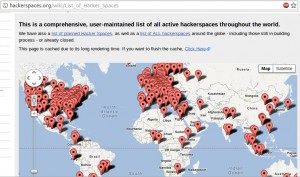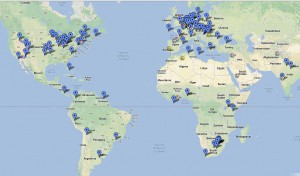A friend of mine suggested I find people to mentor me as I startup.
I naturally decided I should go Organize A Thing. To get a rough gauge of how many maker businesses / hardware startups there are in cambridge/boston, I skimmed through kickstarter by city (both cambridge and boston).
http://www.kickstarter.com/discover/cities/cambridge-ma/funding?ref=more#p1
(sadly, you can’t sort by both “boston” and “technology”
The spreadsheet is here:
http://goo.gl/0092S
There will be edit privileges for the next few weeks or so for that link unless something terrible starts happening. Feel free to contribute notes.
The conclusion was that somewhere upwards of 30 companies, I think within the last 5 years, have been successfully funded: (see google docs for links to the kickstarter pages) (accounting for there are probably companies I missed on my skim, and for instance Twine, founded by MIT Media Lab grads, would probably be willing to be part of the network even if they are not in Boston right now).
Additionally, I was linked to this site that already does data around kickstarter when I asked whether there was a graph of OneTesla’s funding:
http://www.kicktraq.com/projects/onetesla/onetesla-a-diy-singing-tesla-coil
The Companies:
- Fuel: The world’s smallest cell phone charger
- drive with dash
- monkeyoh
- 3doodler
- Carbon Fiber Jewelry Rings
- The Orbit Turntable
- Loud Bicycle: Car horn for your bike
- Mini Pouch for your iPad Mini, Nexus, Kindle and more
- Pocket Monkey: The Wallet Utility Tool
- iStrike Shuttle- iOS controlled drone
- Convertable Axis Bracket CAB / The Ultimate Cheese-Plate UCP
- The Pen Project
- The Kick – a pocket sized lighting studio for photo & video
- Knut: Stay Connected
- Corter Leather Bottle Hook
- Cam Crate: DSLR Life Proof Camera Case
- diFeltro Fold, Italian handcrafted bag for iPad
- The Retina Project
- The Clip by LittleBonsai
- FXdoctor 8-Bit Fuzz Pedal’s US Tour
- CEE: The USB analog electronics multi-tool
- WALdok :: Wall Plug-In Speaker/Charger for iPhone/iPods
- Modkit – Electronics (Arduino) for Everyone
- Lockpicks by Open Locksport
- Inevitable: dystopian tabletop gaming
- BrickItUp!
- Twine
- Olopede
- onetesla
The meetup would be something like “share one lesson you learned” sort of lightning talk deal to create a supportive ecosystem of maker businesses.
As for whether an actual Meetup will happen… somewhere in my copious spare time…
[edit 3/31] some ones i missed: sprout pencil






